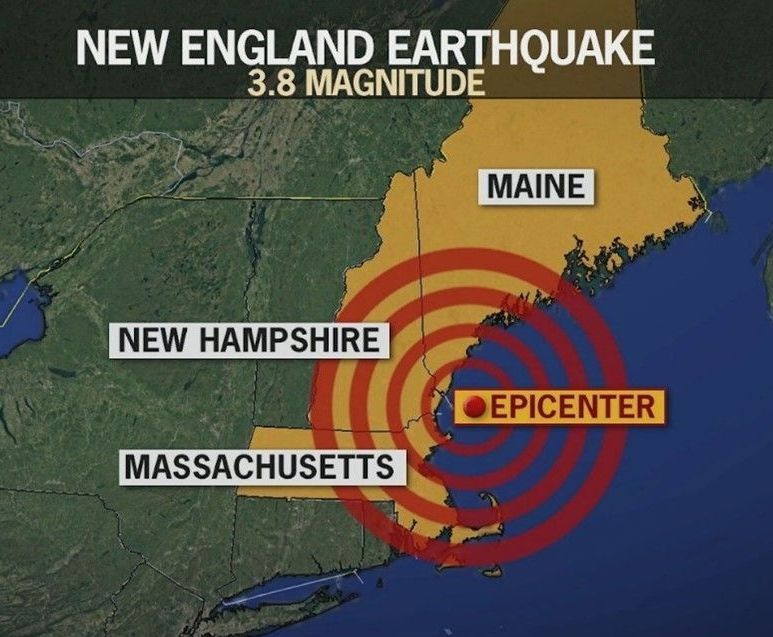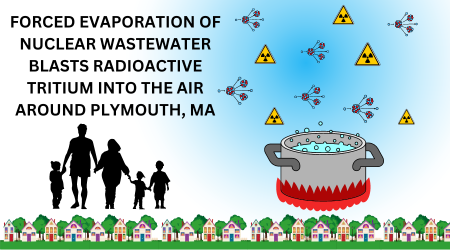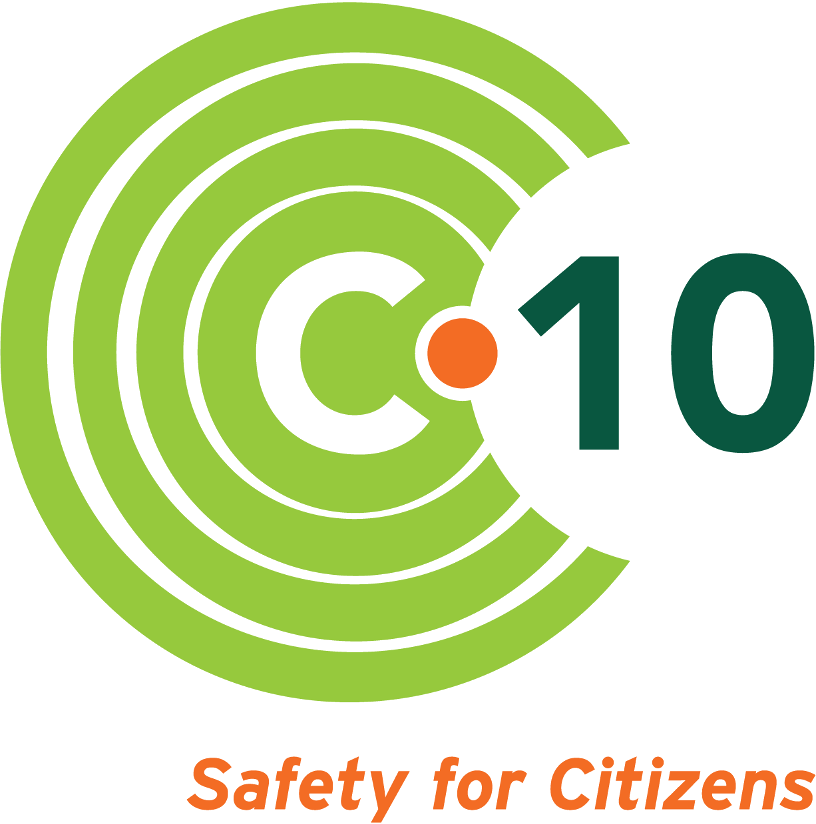Safety for Citizens: Why I think about Seabrook Nuclear Plant, and Why You Should Too
- By C-10 Administrator
- •
- 05 Sep, 2017
By Natalie Hildt Treat, C-10 Executive Director

So, you live near a nuclear power plant. Not something you think about much. It sits there, rising from the Seabrook, New Hampshire marsh; you see it from the beach or your way up Route 1. It makes electricity, it doesn’t belch black smoke – good things.
Maybe you think about it a couple times a year – like when school starts and you are asked to sign the permission slip for your kid to be given potassium iodide (KI) which will help protect their thyroid in the event of an accident at Seabrook Station. Hopefully you held onto that calendar from the state with the quaint antique photos. The one that says to keep in the event of an emergency because there’s evacuation instructions inside. Not a bad idea to review that, and discuss with your family. To learn more and consider your own emergency plan, here’s the link to MEMA
‘s website if you live in Massachusetts, or HSEM
if you live in New Hampshire.
About Seabrook Station
Seabrook Station
nuclear power plant has been helping to meet the region’s energy needs since it went online in 1990.
With its 1,244-megawatt electrical output, Seabrook Unit 1’s pressurized water reactor is the largest individual electrical generating unit on the New England power grid.
It directly employs about 500 workers, and is an important part of the local economy.
While its operation does not contribute significantly to greenhouse gas emissions (uranium mining is another story), it does require a tremendous amount of water to cool the reactor, and it generates high-level nuclear waste – products of atomic fission. About 500 tons of the stuff currently sit on site, because there is no national long-term waste storage solution.
Seabrook has been online for twenty seven years. The plant is currently licensed until 2030, though plant owner NextEra Energy Resources has some serious problems with deteriorating concrete to address. The thing is, there is no way to stop what’s known as the Alkali Silica Reaction
, or ASR, so basically it’s up to the plant owners and the U.S. Nuclear Regulatory Commission (NRC) to ensure the concrete continues to protect us. NextEra hopes to extend its license until 2050, but that will be up to federal regulators to decide – with input from state and local officials, as well as citizens.
Safety for Citizens

I think about safety at Seabrook Station more than the average mom, to be sure. That’s because I run a small Newburyport-based non-profit charged with radiological monitoring
in the communities within the plant’s ten-mile radius known as the Emergency Planning Zone, or EPZ. There are about 170,000 people who live in 23 New Hampshire and Massachusetts cities and towns that fall within Seabrook’s EPZ. I live with my husband and young daughter in Salisbury, Mass. – about 3.5 miles away, as the crow flies.
The C-10 Research and Education Foundation was incorporated in 1991. Since the mid-1990s we have been under contract with the Commonwealth of Massachusetts to operate the nation’s only real-time independent airborne radiation monitoring network. We currently do not receive funding from New Hampshire to conduct monitoring, but we are hearing renewed calls to expand the monitoring there, since most of the EPZ is in the Granite State.
Through a system of probes that detect gamma and beta radiation as well as wind speed and direction, we learn if there are any notable spikes in radiation. We have a protocol for communicating with the NRC’s resident inspectors as well as the Massachusetts Department of Public Health and the Massachusetts Emergency Management Administration.
The thing I didn’t really think about until I started this job in March is that very small amounts of radiation are released by air and water as a normal part of operation at a nuclear power plant. They have to vent to protect workers when too much steam builds up. And radiological isotopes such as tritium have been found in the aquifers near just about every nuclear power plant, including Seabrook.
So, while there is no scientific consensus on what a “safe” level of exposure is, it’s plausible to think that the people living and working near a nuclear plant face higher risks of exposure than those who don’t. That said, the NRC maintains that populations surrounding nuclear plants do not face higher rates of cancer compared to other populations, though the agency recently canceled a study
that would have delved deeper into the question.
Ionizing Radiation and Health
The effects of what’s known as ionizing radiation on human health vary by an individual’s age and health as well as by the type of radionuclide, level of exposure, and duration of exposure. Children and the unborn are especially susceptible because of their rapid cell division during growth.
Exposure to ionizing radiation can cause damage to living tissue, and high doses can result in mutation, cancer, radiation sickness, and death. Cancers linked to ionizing radiation include most blood cancers (leukemia, lymphoma) lung cancer and many solid tumors of various organs. Birth defects can include congenital malformations, spinal defects, kidney and liver damage.
Once released, radionuclides end up in drinking water, vegetables, grass, meat, etc. The higher the animal eats on the food chain the higher the concentration of radionuclides. This is bioaccumulation.
Many experts agree that minimizing exposure to radiation is important, especially for children
and adults with weakened immune systems. That is why agencies in Massachusetts
and New Hampshire
conduct testing to ascertain if levels in the environment reach unsafe levels.
Sobering stuff – but this is our home. Those of us who live in the communities surrounding Seabrook – from Newburyport to Portsmouth and many little towns in between – choose to live here because it’s a beautiful and special place. Our friends and family are here. It’s also home to a nuclear power plant that was built decades ago.
What You Can Do
Rather than fret about what it means to live near a nuclear plant, or put our heads in the sand, we have a choice. We can educate ourselves about safety and security concerns at Seabrook, and also about ways to help keep our families safe in the event of an emergency.
That’s where you come in. I invite you to follow the C-10 Foundation on Facebook
, sign up for our newsletters at c-10.org
, and join as a member. We are always looking for talented volunteers to help with education, outreach and fundraising initiatives. If you have questions or want to get involved, please drop me a note at
natalie@c-10.org
.
Follow us





